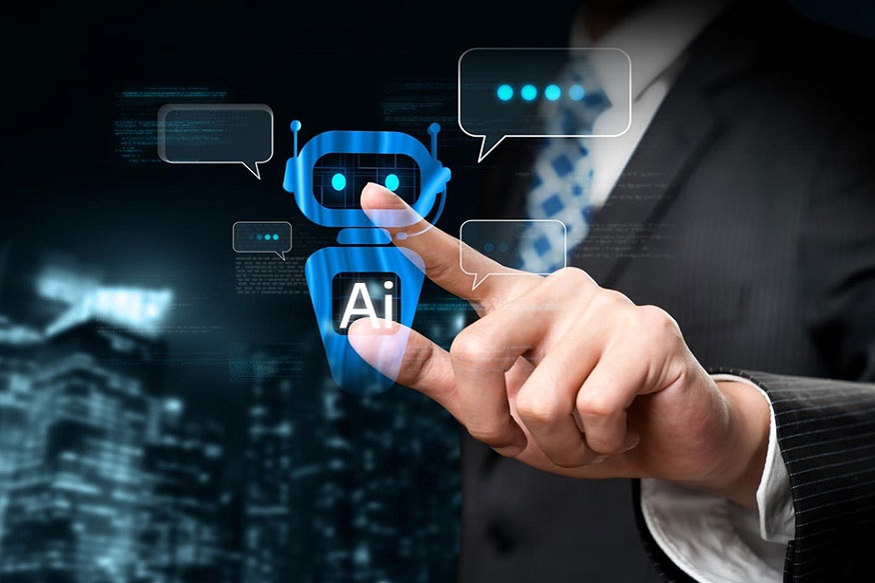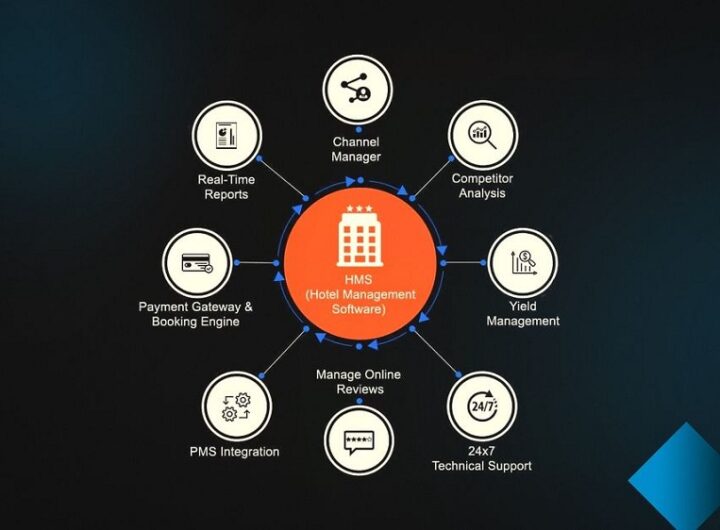
Artificial Intelligence is no longer a futuristic dream—it’s a practical tool that’s reshaping industries. One of the most exciting developments in this space is the rise of AI agents. These intelligent systems are capable of perceiving their environment, making decisions, and taking actions to achieve specific goals. Whether it’s a chatbot, a recommendation engine, or a task automation bot, AI agents are becoming essential components of modern digital infrastructure.
What Is an AI Agent?
An AI agent is a software entity that operates autonomously within a defined environment. It can sense inputs, process information, and respond intelligently. Unlike traditional software, which follows static instructions, AI agents adapt based on data, feedback, and changing conditions. They range from simple reactive systems to complex hierarchical agents capable of long-term planning and learning.
These agents are used across industries—from customer service and healthcare to finance and logistics. Their ability to handle repetitive tasks, analyze large datasets, and interact with users makes them invaluable for businesses seeking efficiency and scalability.
Steps to Build an AI Agent
Creating an AI agent requires a structured approach that blends software engineering, data science, and domain expertise. Here’s a simplified roadmap:
1. Define the Objective
Start by identifying the problem the agent will solve. Is it answering customer queries, automating data entry, or managing inventory? Clear goals help shape the agent’s design and functionality.
2. Choose the Architecture
Select the right model—rule-based, machine learning, or hybrid—based on the complexity of the task. Rule-based agents are easier to implement but less flexible, while ML-based agents can learn and adapt over time.
3. Prepare the Data
Gather and clean relevant data. If using machine learning, labeled datasets are essential for training the model. Data quality directly impacts the agent’s performance.
4. Develop the Logic
Build the core decision-making engine. This includes perception modules (to interpret inputs), reasoning algorithms (to make decisions), and action handlers (to execute tasks).
5. Test and Refine
Run simulations to validate the agent’s behavior. Identify edge cases, monitor performance, and refine the logic to ensure reliability and safety.
6. Deploy and Monitor
Launch the agent in a controlled environment. Continuously monitor its actions, gather feedback, and update the system as needed.
Platforms like Beehive Software simplify this process by offering modular components and microtasking frameworks. Their guide on how to build an ai agent outlines a practical approach for teams looking to deploy intelligent systems quickly and efficiently.
Final Thoughts
AI agents are not just tools—they’re collaborators. As businesses embrace automation, understanding how to build and manage these agents becomes a key competitive advantage. With the right strategy, companies can unlock new levels of productivity, responsiveness, and innovation.

 Streamlining Product Development with ALM Solutions, Services, and Consulting
Streamlining Product Development with ALM Solutions, Services, and Consulting  How an Answering Service Can Simplify Scheduling and Site Coordination for General Contractors in NYC
How an Answering Service Can Simplify Scheduling and Site Coordination for General Contractors in NYC  Methods for Verifying Email Address Owner Details
Methods for Verifying Email Address Owner Details  Why Mobile App Is Important For Your Business?
Why Mobile App Is Important For Your Business?  What are the top things that guests love the most about a hotel?
What are the top things that guests love the most about a hotel?  Watch the Promise of a Transformed Television Come to Life
Watch the Promise of a Transformed Television Come to Life  From Concept to Deployment: A Practical Guide to Building AI Agents
From Concept to Deployment: A Practical Guide to Building AI Agents  The Editor’s Dream: User Experience in an Advanced CMS for Media Companies
The Editor’s Dream: User Experience in an Advanced CMS for Media Companies  The Hidden ROI of Hiring a SaaS Marketing Agency
The Hidden ROI of Hiring a SaaS Marketing Agency